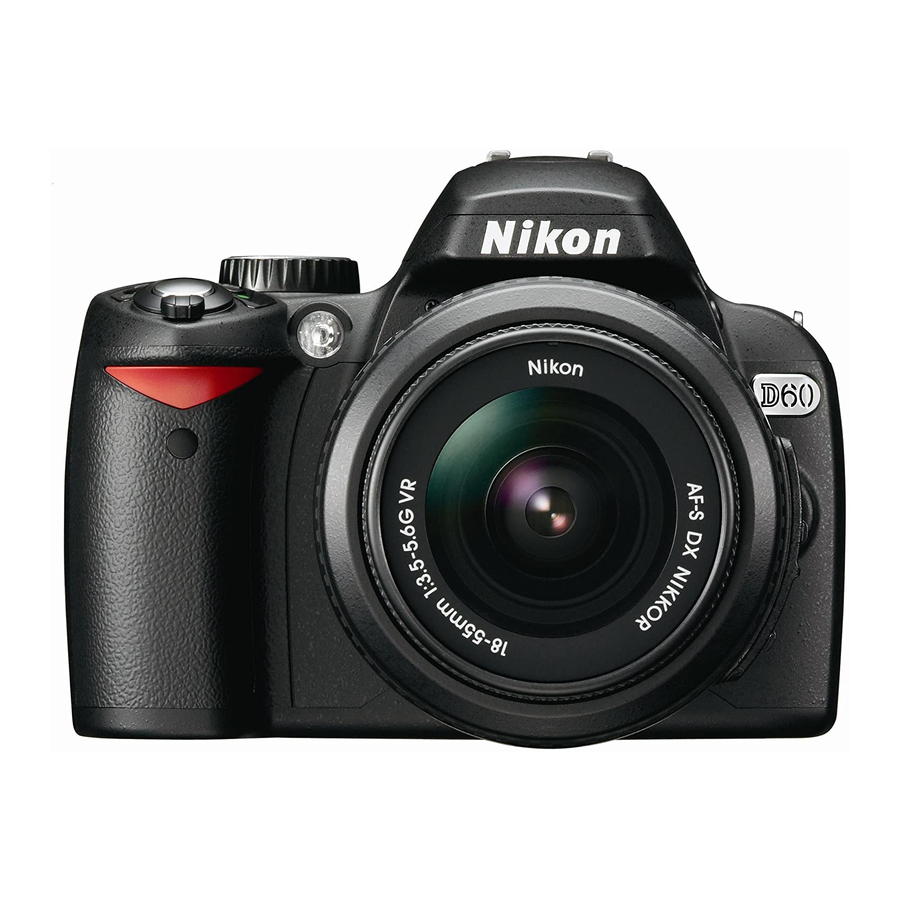14
Part I
Using the Nikon D90
Release mode button. Pressing
this button and then rotating the
Main Command dial changes the
Release mode of the camera. You
can choose from Single Frame,
Continuous Low Speed,
Continuous High Speed, Self-timer,
Delayed Remote, and Quick
Remote. In order to use the remote
function, you must purchase an
ML-L3 wireless infrared remote.
AF (Autofocus) mode button.
Pressing this button and then rotat-
ing the Main Command dial allows
you to choose the AF mode. Your
choices are AF-A, AF-S, or AF-C.
For more on the ML-L3 wireless
infrared remote, see Appendix A. For
more on AF modes, see Chapter 2.
LCD control panel. This mono-
chrome LCD panel displays camera
settings. This feature is covered
later in this chapter.
Hot shoe. This is where an acces-
sory fl ash is attached to the camera
body. The hot shoe has an elec-
tronic contact that tells the fl ash to
fi re when the shutter is released.
There are also a number of other
electronic contacts that allow the
camera to communicate with the
fl ash to enable the automated fea-
tures of a dedicated fl ash unit, such
as Nikon's brand-new SB-900
Speedlight.
Focus ring. Rotating the focus ring
enables you to manually focus the
camera. With some lenses, such as
the high-end Nikkor AF-S lenses
that have M/A–A switches, you can
manually adjust the focus at any
time. On other lenses — typically
older, low-end AF-S lenses that
have an A-M switch, such as the
Nikkor 18-55mm f/3.5-5.6 and
non-Nikon lenses — you must
switch the lens to Manual mode or
disable the focusing mechanism by
using the AF/M switch on the cam-
era body. With the kit lens, you
must switch to Manual mode.
Rotating the focus ring while the
lens is set to Autofocus can dam-
age your lens and/or camera.
Zoom ring. Rotating the zoom ring
allows you to change the focal
length of the lens. Prime lenses
don't have a zoom ring.
Focal length indicators. These
numbers indicate to which focal
length in millimeters your lens is
zoomed.
For more on lenses, see Chapter 4.
Back of the camera
The back of the camera is where you fi nd
the buttons that mainly control playback
and menu options, although there are a few
buttons that control some of the shooting
functions.
Most of the buttons have more than one
function — a lot of them are used in con-
junction with the Main Command dial or

